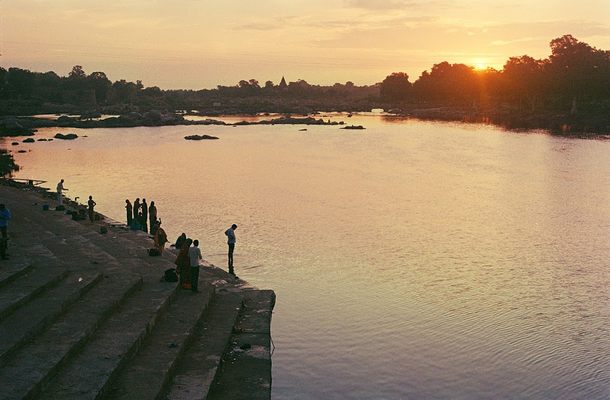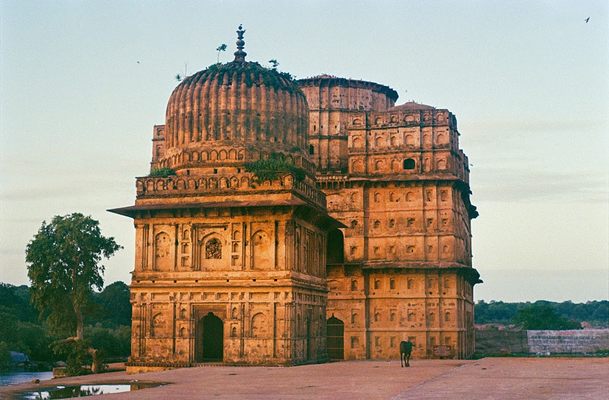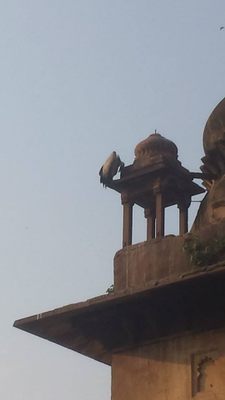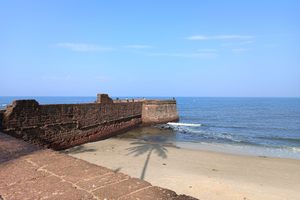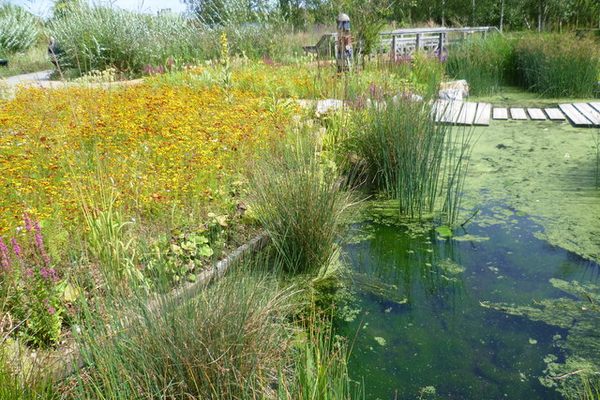About
The cenotaphs of the Bundela Rajput kings of Orchha stand like silent sentinels of history on the banks of the river Betwa. Even though the historic landscape of Orchha, a tiny medieval town in central India, is dotted with majestic palaces and temples, the cenotaphs have a sepulchral allure of their own.
Fourteen in total, these funereal monuments were built to immortalize the rulers of the Bundelkhand dynasty. From the early 16th to the late 18th century, Orchha, the capital of the Bundela kingdom, remained a theater of war between the Bundela Rajput chieftains and the imperial Mughal authority in Delhi. The Bundela-style of architecture, however, is a harmonious amalgamation of Mughal and Rajput influences, as reflected in the cenotaphs of Orchha.
The cenotaphs have been constructed on raised platforms and designed in the form of tall, square buildings with a domed pavilion on top called chatris. A common feature of most Indian architectural styles, a chatri, from the Persian chatr or the Sanskrit chattra, is a type of trabeate domed canopy, resembling an umbrella or a parasol. Since Hindus are cremated, the cenotaphs are empty structures, but the chatris have become the living quarters of a colony of vultures, a critically endangered species.
Perched like gargoyles on the spires of the cenotaphs and blending in with the dark, rain-stained walls of these timeworn buildings, the presence of the vultures adds to the eeriness of the landscape. They can either be seen roosting on the rooftops or soaring high and casting long shadows on the ground. With the vulture population in India declining at an alarming rate, the sprawling cenotaph complex has become the focal point of intense conservation efforts.
The main reason behind the sharp decline in the detritivore population has been identified to be diclofenac, a livestock drug now banned in India. Diclofenac causes kidney failures in the birds when they consume animal carcasses with trace remains of the drug. Forest authorities, therefore, have to constantly monitor the vulture breeding colonies at the site of the cenotaphs for any outward signs of illness or sudden deaths. The fact that vultures are slow breeders, laying one egg per breeding cycle, has further slowed down the task of improving their numbers.
Related Tags
Know Before You Go
The ticket for the Orchha Fort Complex covers entry to the cenotaph site. Beware of langurs (long-tailed monkeys), occasional visitors to the site. Cross the narrow bridge over the Betwa and go over to the Orchha Sanctuary side to get a complete view of the sprawling cenotaph complex.
Delhi and Rajasthan: Colors of India
Discover Colorful Rajasthan: From Delhi to Jaipur and Beyond.
Book NowCommunity Contributors
Added By
Published
June 3, 2019
Sources
- https://www.researchgate.net/publication/304462966_Joint_efforts_for_conservation_of_vultures_in_Orchha_of_Tikamgarh_district_Madhya_Pradesh_India
- https://architexturez.net/doc/doi-10-1080/08873631-2014-943932
- https://architexturez.net/doc/10-2307/24049042
- https://www.wmf.org/blog/documenting-jahangir-mahal-orchha-madhya-pradesh-india
- Jaswant Lal Mehta, Advanced Study in the History of Modern India 1707-1813







